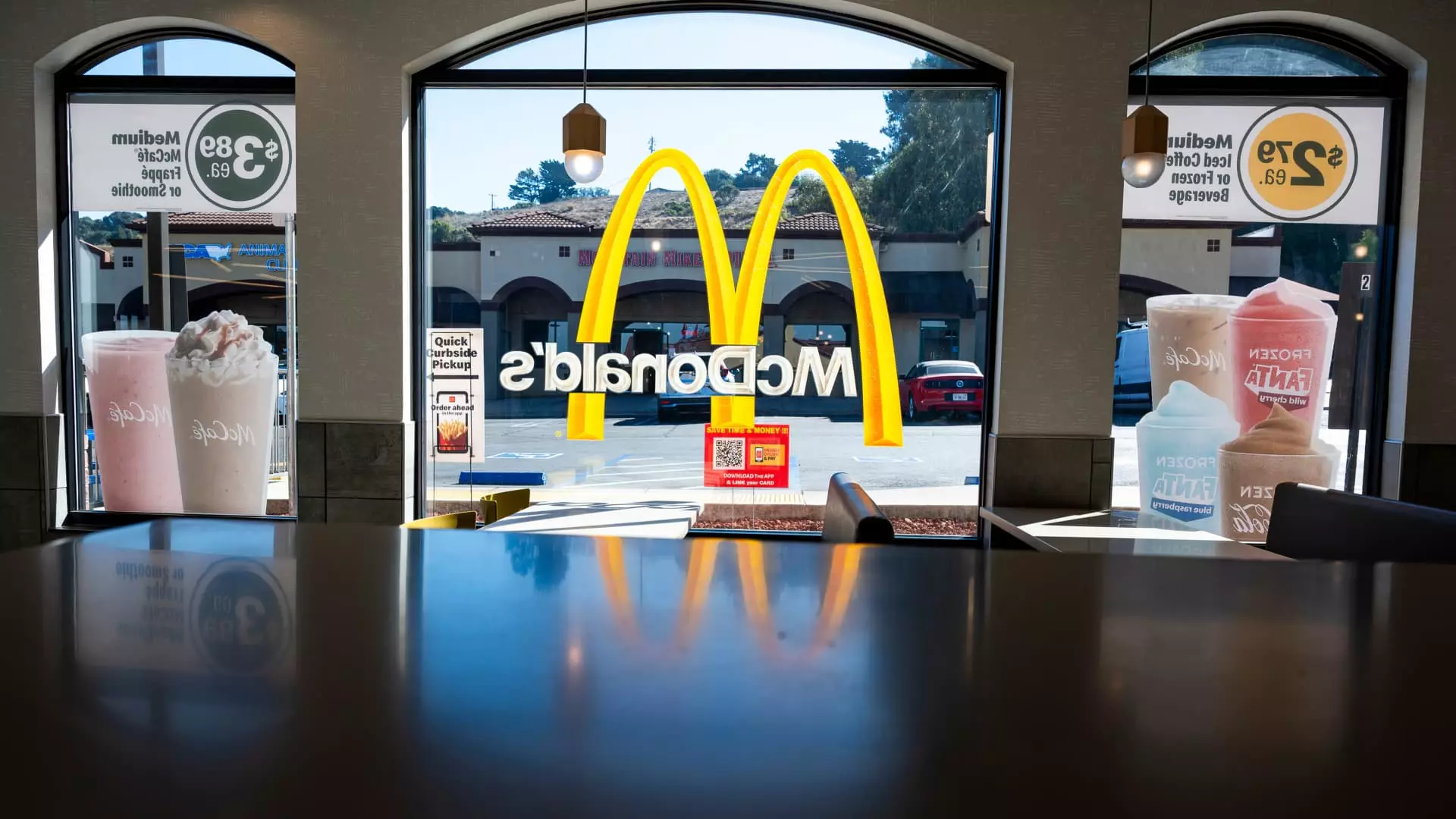The restaurant industry has faced a tumultuous journey throughout 2024. Shrinking margins, rising competition, and fluctuating consumer confidence have made for a challenging operational environment. As the year slowly draws to a close, many restaurant executives are turning their gaze towards 2025, hopeful for a turnaround. Kate Jaspon, CFO of Inspire Brands, which encompasses several well-known chains like Dunkin’ and Buffalo Wild Wings, expressed a shared sentiment during the Restaurant Finance and Development Conference in Las Vegas. There is indeed a collective eagerness to leave 2024 in the past, as industry leaders anticipate better times ahead.
The difficulties of the restaurant sector are reflected starkly in the rising bankruptcy filings, which have surged over 50% in 2024 compared to previous years. The grim statistics indicate that restaurants have experienced year-over-year traffic declines for every month during 2024 until September. The data shared by industry tracker Black Box Intelligence reveals that even major chains like McDonald’s and Starbucks have faced investor disappointment due to declines in same-store sales for multiple quarters. This data paints a picture of an industry at a crossroads, grappling with an array of challenges.
Despite the bleak landscape, there are signs of recovery that instill a flicker of optimism. As summer’s lows begin to fade, restaurant sales are inching upward. A notable shift occurred in October, wherein fast-food chains reported a remarkable 2.8% increase in traffic—a welcome change in a year marked by decline. Burger King’s parent company, Restaurant Brands International, corroborated this trend by reporting growth in same-store sales, a signal that perhaps consumers are beginning to feel more at ease with their spending.
This shift in momentum coincides with a broader economic trend: the decline in interest rates. The Federal Reserve’s recent decisions to cut rates have rejuvenated hopes for expansion in the restaurant sector. More accommodating financing options allow chains to consider expanding their footprint—a necessary step to regain market stability after pandemic-related disruptions. For instance, Shake Shack has maintained increasing same-store sales throughout the year, suggesting that dedicated management strategies can succeed even in uncertain times. CFO Katie Fogertey highlighted that a shift in credit conditions could enhance consumer confidence, stressing the psychological factors accompanying financial changes.
The landscape of initial public offerings (IPOs) in the restaurant sector has remained subdued, with Cava’s impressive debut last year failing to galvanize further activity. Piper Sandler’s Damon Chandik noted an uptick in preparations for upcoming IPOs, highlighting the challenging conditions that parties must navigate. The industry remains poised for potential offerings but holds its breath given the heightened expectations for performance due to recent trends. Even as Panera Bread navigates its decision to re-enter the public arena, pressure persists among restaurant chains to showcase sustainable growth before going public.
Not all organizations within the sector are basking in optimism. Portillo’s CFO Michelle Hook articulated a grounded perspective, suggesting that many establishments will continue to encounter headwinds in 2025. With some chains still struggling with declining same-store sales, the race for customer loyalty remains fierce. The so-called “value wars”—initiatives aimed at enticing customers with discounted meals—further complicate profitability for many restaurants. With McDonald’s poised to unveil a comprehensive value menu early next year, competition will intensify, raising stakes for brands striving to capture consumer attention.
The specter of bankruptcy continues to loom for many, particularly among chains relying heavily on promotions to draw in patrons. While a recession appears unlikely, lingering high costs might hinder consumer recovery, necessitating adaptive strategies for industry players.
Ultimately, the restaurant industry stands at a critical juncture between resilience and vulnerability. The challenges encountered over the past year have prompted many executives to reassess their strategies and outlooks. As variables like consumer behavior, interest rates, and market conditions evolve, a cautious optimism surrounds 2025. If restaurant chains can leverage emerging trends to their advantage while heeding the lessons learned from the turbulent past, they could emerge stronger and more equipped to navigate the complexities of the post-pandemic landscape.

